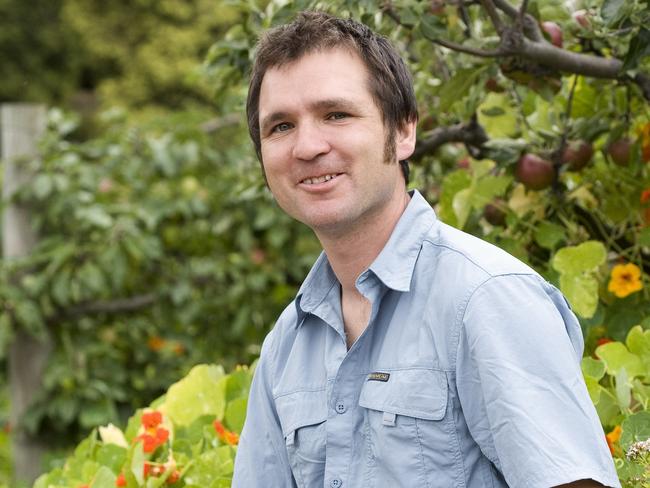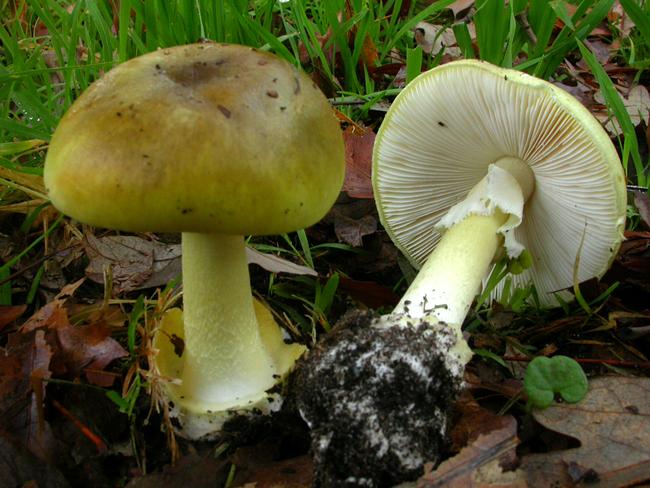Tasmanians warned that wild mushrooms can be fatal
A huge spike in Tasmanians phoning a poisons line for help after eating potentially deadly mushrooms has prompted experts to issue a dire warning.
Tasmania
Don't miss out on the headlines from Tasmania. Followed categories will be added to My News.
THEY’RE curious, strangely beautiful and often considered magical, but wild mushrooms can also be lethal for unsuspecting Tasmanian foragers.
This year’s damp autumn weather has led to a dramatic eruption of wild fungi in popular areas like Fern Tree and the Hobart Rivulet – and a huge spike in the number of Tasmanians calling poisons experts for help.
Between February and May this year, 58 Tasmanians phoned the NSW Poisons Information Centre compared to only eight calls during the same period in 2019.
That seven-fold increase prompted the centre, which takes calls from several states, to remind Tasmanians never to eat wild mushrooms – or put themselves at risk of poisoning or even death.
Tino Carnevale, Gardening Australia’s Tasmanian presenter, agreed. He said his “rule of thumb” when it came to mushrooms was: “if in doubt, don’t”.
He said the potentially toxic Angel Wing could be mistaken for a field mushroom, while the notorious Death Cap was an example of a fungi that was “beautiful, but scary in their toxicity”.

The Death Cap, usually found near established oak trees, was first found growing in Tasmania in 2017.
A child was hospitalised in the state’s North last year after eating the mushroom, which can lead to serious poisoning or fatal organ damage.
CHILD SURVIVES AFTER EATING A DEATH CUP MUSHROOM
“It’s just too dangerous, it’s not worth the risk for a free feed. Unless you’ve been with a mushroom expert or you’re a mushroom expert yourself, certainly don’t,” Carnevale said.
“There’s a lot of information about counting the gills, the colour of the gills, the reaction of the mushroom once you’ve picked it – they’re all things that help identify what a mushroom is – but even the experts can be unsure.”

Genevieve Adamo, the centre’s senior information specialist, said experts were “really worried” about the number of people ingesting wild mushrooms this year given the spike in calls and hospitalisations.
“Mushrooms found in the wild, even if this is their own backyard, are not safe to eat,” she said.
“In Australia there are some poisonous wild mushrooms that look similar to edible wild mushrooms found in Asia or Europe, but there is no easy way to distinguish between the two.”
Ingesting poisonous mushrooms can lead to severe abdominal pains, nausea, vomiting, diarrhoea, sweating, confusion, hallucinations, or potentially-fatal kidney or liver damage.
Ms Adamo said cooking or boiling wild mushrooms did not make them safe to eat.
Anyone who eats wild mushrooms should phone 13 11 26 immediately, even if they are well, as symptoms can be delayed and early treatment is vital.
In an emergency, phone triple-0.


